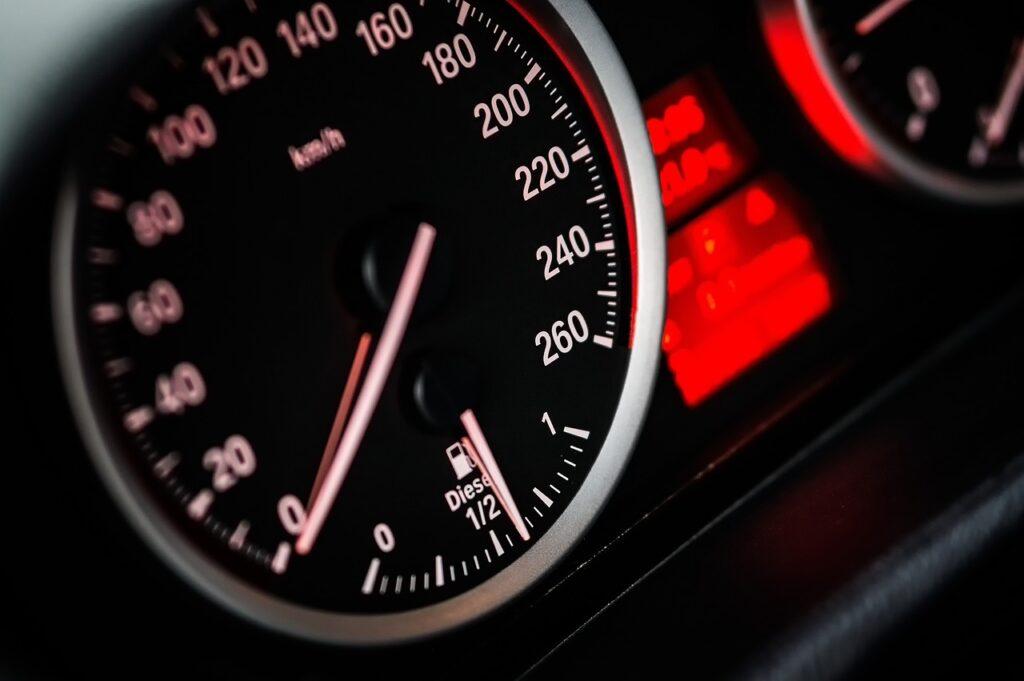Automotive black boxes become critical when cars drive—and correct—themselves
By WILLIE JONES
When a self-driving car is involved in an accident, its data tells the story—which can be essential to crash investigators to determine who or what was at fault, as well as to automakers, so they can make their self-driving systems smarter and safer.
In 2004, the IEEE Standards Association introduced IEEE 1616, setting the ground rules for the types and amounts of data collected by automobile event-data recorders, or EDRs (a car’s answer to the black boxes in aircraft). In the nearly 20 years since this standard was established, however, vehicles have become more electronics-intensive, with the addition of high-tech systems including advanced driver assistance systems (ADAS) like Tesla’s famous (and sometimes infamous) Autopilot.
A new standard makes it clear what self-driving-car “black box” data is needed—both for crash investigators and for carmakers improving their ADAS hardware and software.
So over the past three years, the 1616 working group has been working to update the code. IEEE 1616.1, ratified in late June 2023, incorporates new specifications for event-data recorders to broaden the dataset available to autonomous vehicle designers.
The update “recognizes the value of improved crash information in improving the knowledge of what happens before, during, and after a motor vehicle crash,” says Thomas M. Kowalick, chair of the 1616 standard working group and author of several books, including Fatal Exit: The Automotive Black Box Debate. The standard also “seeks to maintain privacy, prevent tampering, avoid odometer fraud, limit data access, and enhance safety by using an event data recorder connector lockout apparatus.”
Paul Kostek, the working group’s secretary, says the group’s recent emphasis has been on what is now known as the 1616.1–2023 Standard for Data Storage System for Automated Driving (DSSAD). The standard “identifies functions and common technical requirements for data storage requirements.” Kostek, a senior member of IEEE, says it makes clear what data generated by ADAS—those that share the driving task with humans and those that require no human input—must be accessible for crash investigations and subsequently for use by software and hardware designers to make improvements.
All in all, the standard seeks to identify challenges and gaps in determining what happens when a vehicle crashes. The EDR provides “what-happened info,” while the data storage system for automated driving provides the “why it happened info” at the crash site. The DSSAD reports and verifies two critical fields, summarizing the status of the vehicle’s autonomous driving system and who or what—the human driver or the software—was in control at a specific point in time.
One of the lingering issues affecting the development of self-driving vehicle technology is the inability to answer some fundamental questions: 1) How will we know when it is safe to trust machines to handle this task, and 2) if a pedestrian is struck by a self-driving vehicle, what should happen next? They’re not easy to answer, given that driving involves the potentially competing goals of reaching the destination efficiently and keeping pedestrians and the occupants of other vehicles safe. This tension is called the Molly problem, the self-driving car’s version of the trolley problem, the well-known philosophical thought experiment.
The new standard “helps to answer the Molly problem issue,” says Kowalick. By providing hard data from traffic phenomena to a wide audience, it will help society decide if claims of increased comfort, safety, and efficiency are worthwhile.
A lot rides on getting this right and on doing so expeditiously, says Kowalick. Someday soon, he predicts, the annual worldwide death toll associated with automobile travel could be cut to a fraction of what we’re witnessing now.
Kostek says the group will likely meet again this fall to address “additional topics such as cybersecurity issues and information for first responders.” He wants other experts and stakeholders to know they are welcome to participate “towards creating the next step in automated/autonomous vehicle standardization.”
Link: https://spectrum.ieee.org/autonomous-vehicle-data-collection
Source: https://spectrum.ieee.org
